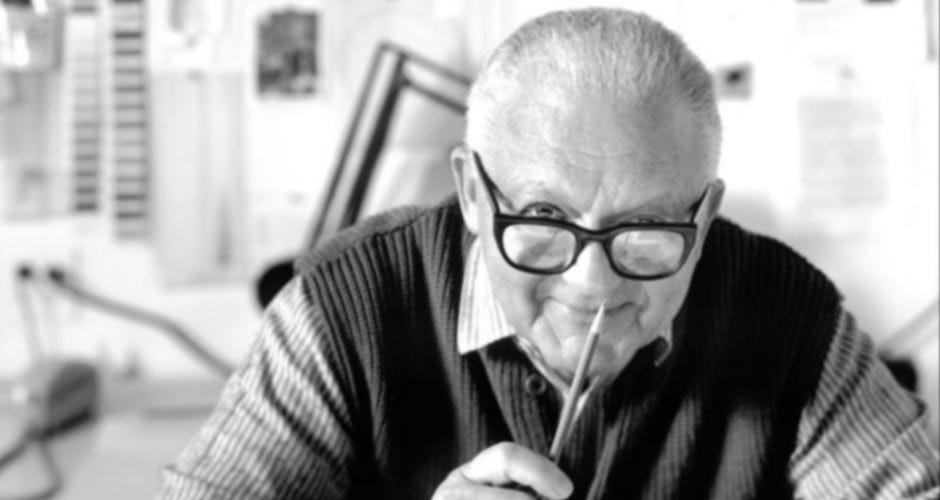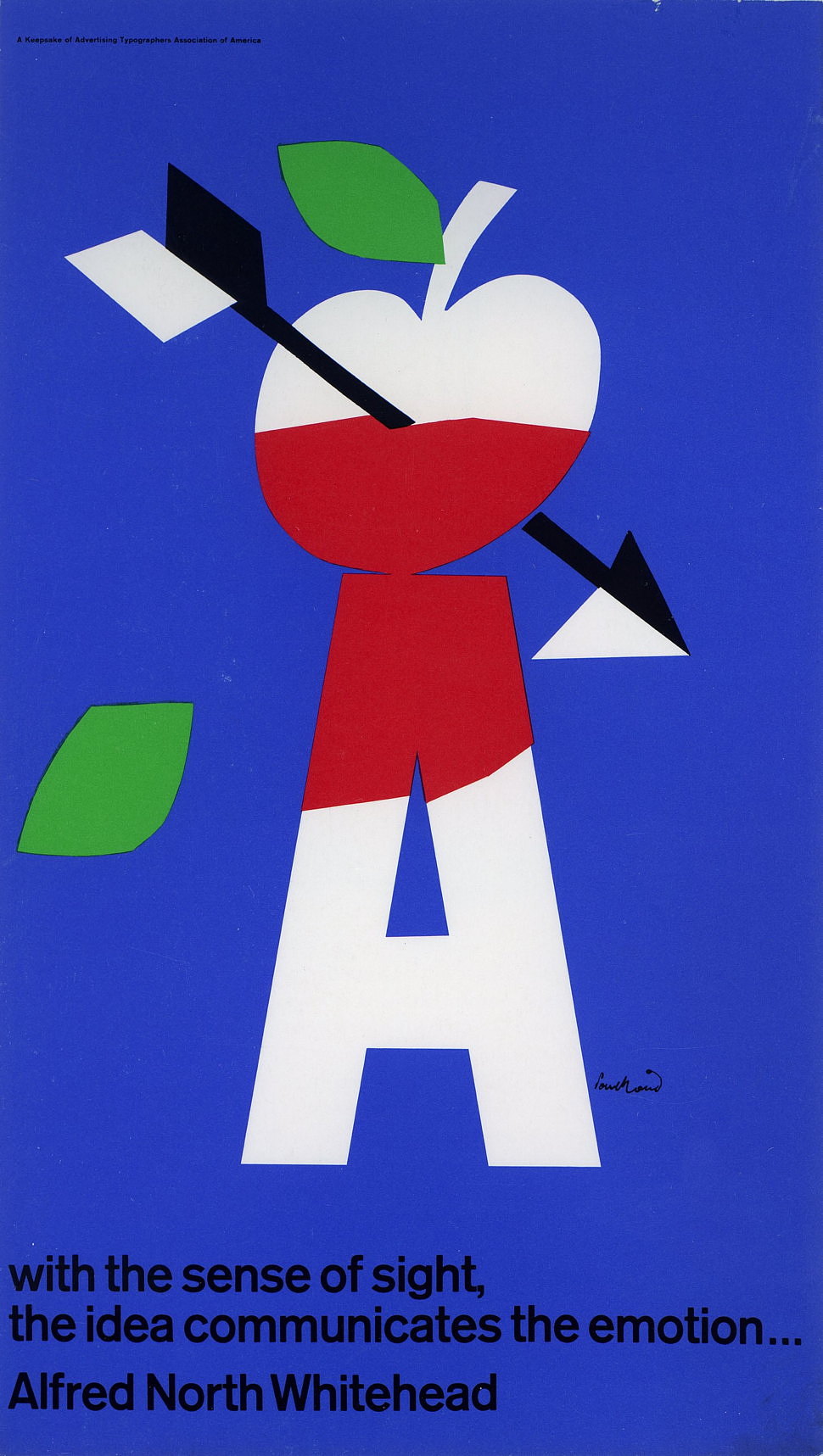
Paul Rand also known as Peretz Rosenbaum, (August 15, 1914 in Brooklyn New York-Nov 26, 1996) was famously known as a graphic designer, more specifically a logo designer, in the mid-century modernist era. He was educated in Pratt Institute for three years, Parsons School of Design for one year, and at Art Students League for another year. However, most of his years spent in school did not cover graphic design. His passion for this art had moved him to learn about the Bauhaus from European magazines and books on his own.(Clifford, J. 2004, p.118) With this, it is quite clear to see that a lot of his work is influenced by the design qualities created in Europe. He very much looked up to designers of the early-modernist movements and many painters such as, El Lissitzky, Laszlo Moholy-Nagy, Cassendre, Picasso and many more.
Paul Rand was known to “mastering corporate identity, advertising, and editorial design. Developed strong identity programs for major corporations [and] influenced [people around the world] through writing and teaching.” (Clifford, J. 2004, p.118) He worked with many companies, creating for them very memorable logos helping to give an iconic face to their corporations. He created logos for IBM, Ford, UPS, Westinghouse, ABC, and more. Paul Rand once said, “The principal role of a logo is to identify, and simplicity is its means… Its effectiveness depends on distinctiveness, visibility, adaptability, memorability, universality, and timelessness.” These key aspects ring clearly as the ideologies of a modernist designer. Paul Rand stood strong with the meanings of modernism in his design and successfully mixed playfulness into his designs, developing a modern american visual language. “It means integrity; it means honesty; it means the absence of sentimentality and the absence of nostalgia; it means simplicity; it means clarity. That’s what modernism means to me…” (Rand P., Cooper Union, 1996)


